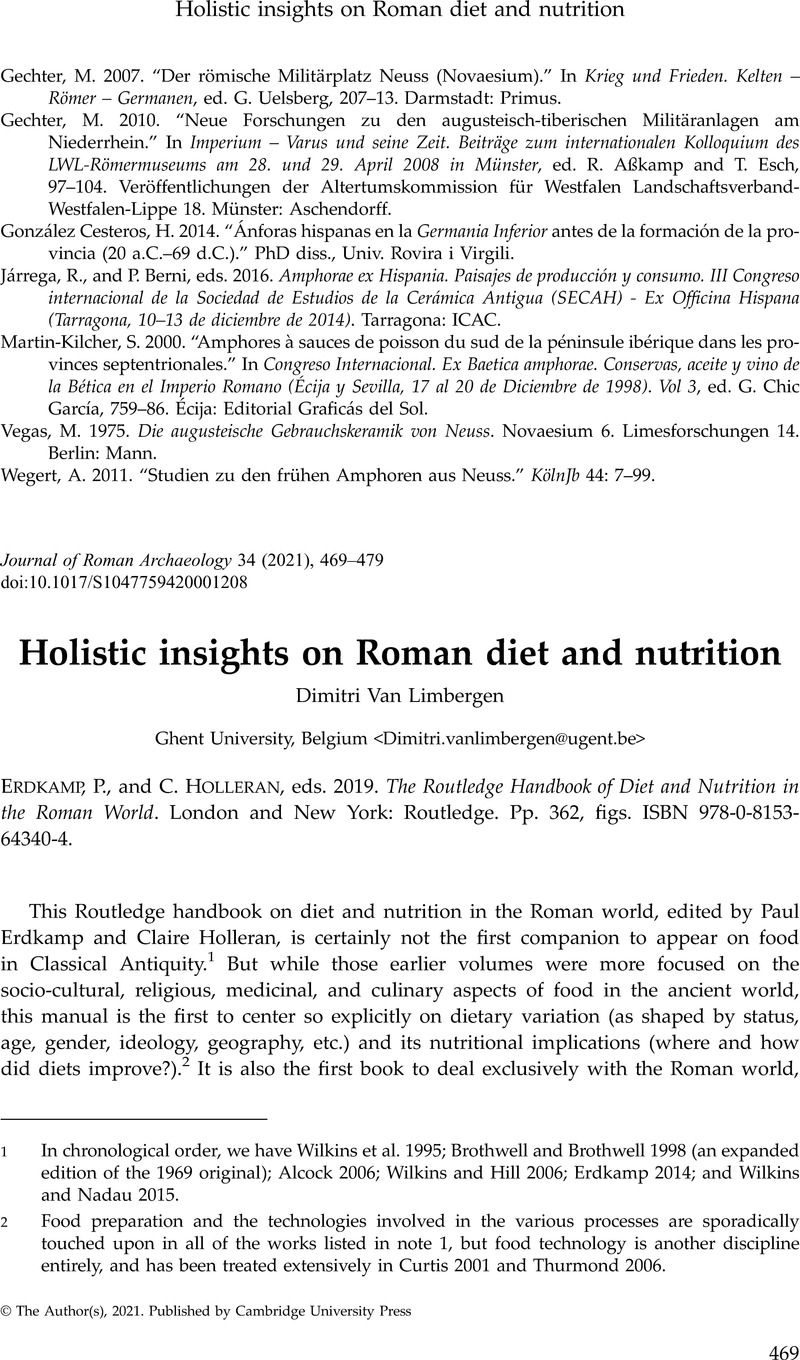Wheeler, S. M.,
Williams, L., and
Dupras, T. L..
2011. “
Childhood in Roman Egypt: Bioarchaeology of the Kellis 2 Cemetery, Dakhleh Oasis, Egypt.” In
(Re)Thinking the Little Ancestor: New Perspectives on the Archaeology of Infancy and Childhood, ed.
Lally, M. and
Moore, M., 110–21.
BAR-IS 2271.
Oxford: British Archaeological Reports.
Google Scholar 